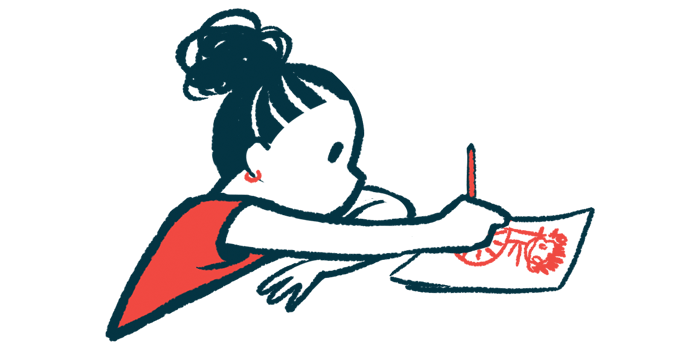Added Mutation in Sanfilippo Linked to Worse Symptoms for 1 Sibling
Dramatically different development seen for siblings with Sanfilippo type B

The case of two siblings with Sanfilippo syndrome type B who had the same disease-causing mutations but showed dramatically different developmental trajectories was described in a recent report.
Genetic analyses revealed an additional gene mutation in the younger child — one causing another rare disease characterized by developmental delays — that researchers said likely explained why the boy had much more severe symptoms than his older sister.
Given these findings, the team said clinicians should not rule out the co-occurrence of two extremely rare genetic disorders in making a disease diagnosis, however unlikely it may seem.
“As indicated in this report, the simultaneous presence of two very rare diseases … is possible and real,” the researchers wrote.
The report, “Highly diverse phenotypes of mucopolysaccharidosis type IIIB sibling patients: effects of an additional mutation in the AUTS2 gene,” was published in the Journal of Applied Genetics.
Siblings with different symptoms
Sanfilippo type B is caused by mutations in the gene NAGLU. As in other types of Sanfilippo, these mutations lead to a toxic buildup of the molecule heparan sulfate in cells, ultimately resulting in disease symptoms characterized by behavioral problems, developmental delays, and sleep issues.
Here, researchers described the case of two siblings — a brother and sister three years apart in age — who had both been diagnosed with Sanfilippo syndrome type B. Genetic testing revealed that both patients carried the same set of disease-causing mutations in the NAGLU gene. The loss of enzyme activity and resulting toxic molecule buildup were generally comparable in both patients.
Despite these biochemical similarities, the two siblings showed marked differences in their development — generally, the older sister showed much milder abnormalities compared with her younger brother.
For example, the girl showed mild cognitive impairment on an assessment of cognition called the Stanford Binet 5 Intelligence Scale. On a behavioral assessment called the Adaptive Behavior Assessment System, the older sister scored between the 21st and 55th percentiles across various domains.
By contrast, the younger brother scored below the 0.1th percentile for all assessed behavioral domains, and showed such profound cognitive disability that the assessment of cognition could not be assessed. Given that the younger sibling was more severely affected at the time of testing, these differences could not be attributed to disease progression.
“Although patient B is 3 years younger than patient A, and despite identical mutations in NAGLU and similar crucial biochemical parameters in both siblings, the former patient reveals drastically more severe phenotype [clinical presentation] than the latter one,” the researchers wrote.
To search for possible explanations for this difference, the researchers conducted whole-exome sequencing for both children. This is a type of genetic analysis that determines the exact code for only the parts of the genome that provide instructions for making protein (about 1.5% of the total genome).
This analysis identified the same Sanfilippo-causing mutations in the NAGLU gene in both siblings. However, it also identified another mutation, in the AUST2 gene, in the younger child but not his elder sibling.
Mutations in AUST2 are known to cause AUTS2 syndrome, a disorder typically characterized by developmental delays and intellectual challenges. Like Sanfilippo, AUTS2 syndrome is an extremely rare disorder, with only about 60 reported cases worldwide, according to the researchers.
“Surprisingly, we have detected the presence of an additional, potentially pathogenic [disease-causing] variant … of the AUTS2 gene … in patient B (the patient with a more severe phenotype),” the researchers wrote.
Sanfilippo syndrome is inherited in an autosomal recessive manner — meaning the disease will only develop if there are mutations in both copies of the gene, one from each biological parent. AUTS2 syndrome, conversely, is autosomal dominant, meaning only one mutated gene is sufficient to cause the disease.
Notably, neither of the children’s parents have AUTS2 syndrome. The researchers speculated that the mutation in their son probably appeared early in development.
“The simultaneous occurrence of Sanflippo type B and AUST2 syndromes in patient B is the most probable cause of the significant differences between phenotypes of patient B and patient A,” they wrote.
“This case confirms also that simultaneous occurrence of two ultra-rare diseases in one patient is actual, despite a low probability of such a combination,” the team concluded.







